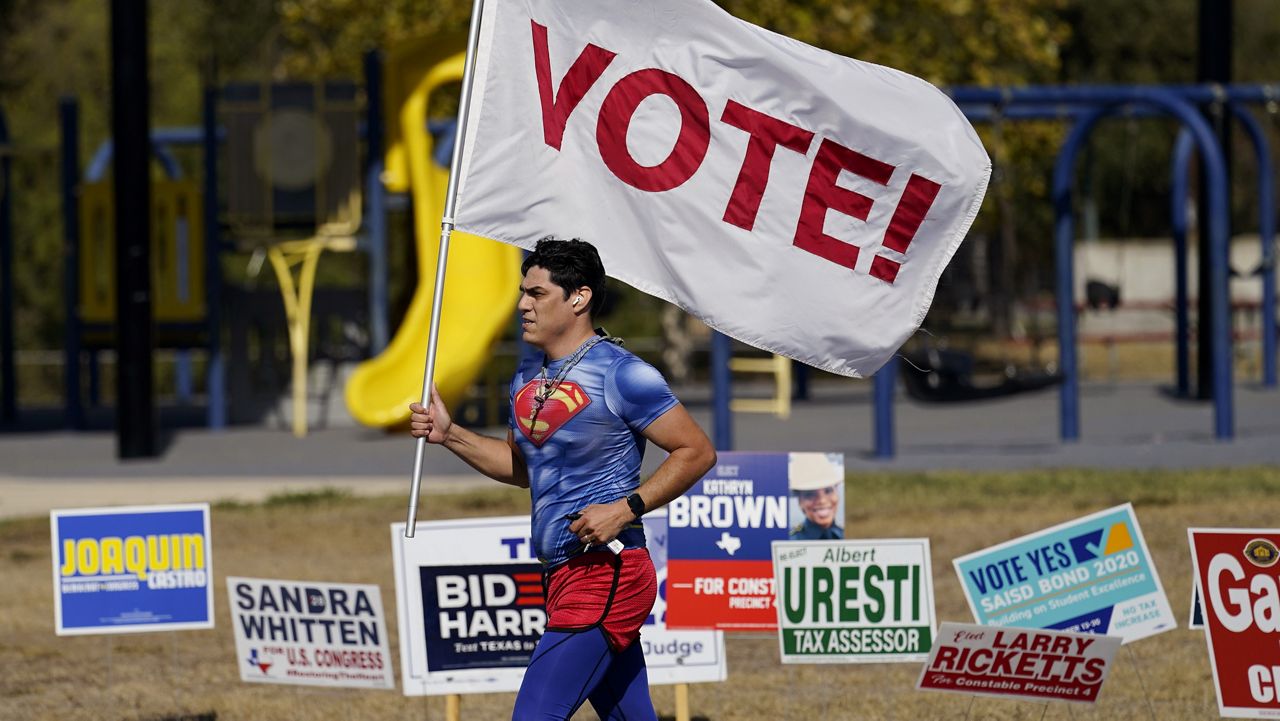After polls in battleground states and nationwide showed presidential candidate Joe Biden leading President Trump for months on end, it now seems polls misjudged the true amount of support for Donald Trump once again. But pollsters say they’re not yet ready to make a judgement call on this year’s polling, especially with many vote counts still rolling in.
In the days before the election, for example, an average of Florida polling consistently showed Biden with a slight lead – some putting him ahead by as much as 5% – but President Trump ended up winning the state by 3.4% on Election Night.
Wisconsin polling predicted a Biden win by at least 6%, with reputable polls like the New York Times/Siena poll putting him in the lead by 11%. The final result? Biden won by just 0.7%.
Polls from other battleground states like Pennsylvania and Arizona had Biden up by far slimmer margins, about 1%, which are both in line with the results so far. The Associated Press has called Arizona for Biden, but Pennsylvania will count votes through Nov. 6.
Pollsters say it’s not time to make any sweeping judgements yet.
“At the moment, I still need to see the final election results and final exit poll results, and without those I’m not able to make even preliminary hypotheses about what exactly the issues are,” Doug Schwartz, Director of the Quinnipiac University Poll, told Spectrum News.
In 2016, Schwartz pointed out that it took the American Association of Public Opinion Research six months to examine polling and release findings about polling errors.
“I would expect a full evaluation of 2020 to take at least as long, though we might have some idea of the situation before then,” he said.
In 2016, the AAPOR called the election a “jarring event for polling.” Their report attributed the undercount of Trump support to three things: voters changing their preference in the last week of the campaign, polls not adjusting for over-representation of college graduates and a large number of Trump voters who didn’t reveal themselves until after the election.
At least one closely-watched poll each year, done by J. Ann Selzer’s Selzer & Co. for the Des Moines Register, correctly predicted a President Trump win in Iowa. The poll showed President Trump ahead by 7% in the state, where he ended up in the lead by just over 8%.
National polls also seem to have underestimated support for President Trump. As of Thursday afternoon, Biden was leading the popular vote by less than 3%. Polls did consistently show Biden ahead nationwide, but it was by an average of more than 7%.
The last time polls showed a close national race was in May, when they put Biden ahead by about 4%, according to an average tracked by Real Clear Politics.
“While it’s clear that there were some problems with polling this election cycle, it’s too soon to say anything definitive about what those problems were … and whether the problems are bigger in scale than in other recent presidential elections,” said Courtney Kennedy, Director of Survey Research for Pew Research Center, said in a statement to Spectrum.
At least one pollster, Frank Luntz, sounded the alarm as soon as Election Night, when he told Axios the “polling profession is done.” Luntz also told Fox News that President Trump was correct in saying the election would be closer than polls showed, and he attributed polling issues to a lack of strategy to include Trump voters.
“This was a much closer election than anybody realized, and we are going through the ramifications of that right now,” he told Fox.



